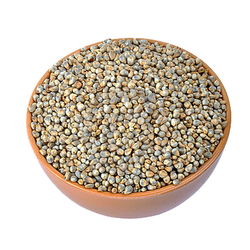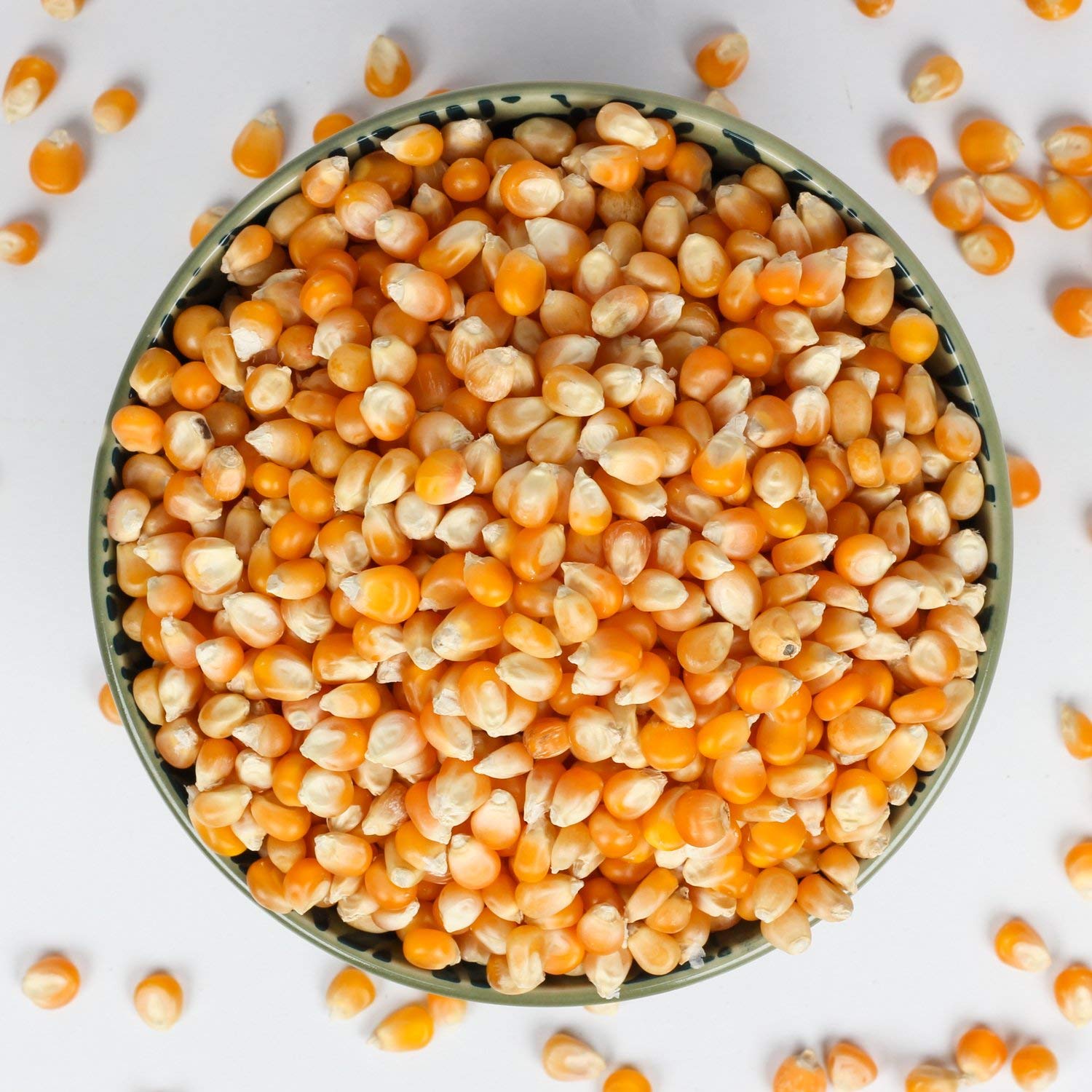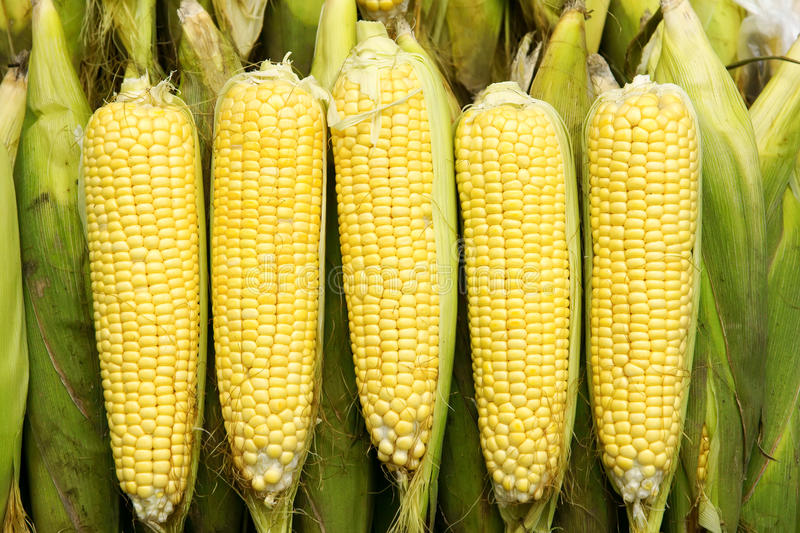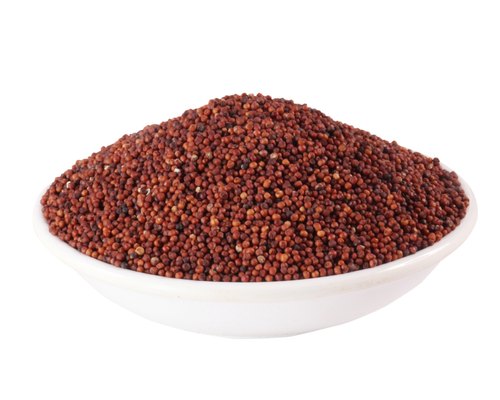Malic Acid
Micronutrient
Last update date: November 17, 2023
It is an acid found naturally in many fruits, vegetables, and wines. It is used in food production to increase acidity, as a flavouring substance, and as a colour stabilizer.
Frequently Asked Questions
1.
What is malic acid made from?
Malic Acid: Malic acid is an alpha hydroxy acid naturally found in certain fruits and wines. It is a versatile compound utilized in both the food industry and cosmetics. Additionally, malic acid has applications in medicine. When applied topically, it aids in exfoliating the skin by removing dead skin cells, while its sourness can stimulate saliva production, benefiting individuals with dry mouth. Furthermore, malic acid plays a vital role in the Krebs cycle, a metabolic process responsible for energy production within the body.
2.
What is positive impact of Malic Acid?
Positive Impact of Malic Acid: While considering the use of malic acid supplements, it is essential to consult a healthcare professional, such as a registered dietitian, pharmacist, or healthcare provider, for personalized guidance. It's crucial to note that no supplement should be relied upon as a treatment, cure, or preventive measure for any disease. Although some research suggests potential health benefits associated with oral and topical malic acid, conclusive evidence from high-quality clinical trials is necessary to validate these claims.
3.
What is negative impact of Malic Acid?
Negative Impact of Malic Acid: When using topical malic acid or other alpha hydroxy acids, individuals should be aware of possible side effects, which may include: Rash Swelling Pigment changes Blisters Skin peeling Itching Increased sensitivity to sunburn
4.
Who should avoid Malic Acid?
Who Should Avoid Malic Acid: Malic acid is commonly found in various foods and is generally safe when consumed in typical dietary amounts. However, there is insufficient reliable information to determine the safety of using malic acid as a medicinal supplement during pregnancy or while breastfeeding. To err on the side of caution, it is advisable for pregnant and breastfeeding individuals to limit their malic acid intake to the amounts naturally present in foods.
5.
Where is malic acid mostly found?
Common Sources of Malic Acid: Malic acid is naturally abundant in a variety of fruits, making it easily accessible through everyday dietary choices. Here are some common fruit sources where you can find malic acid: Apples: Malic acid is notably abundant in apples, imparting their distinctively tangy taste. Cherries: These fruits also boast malic acid content, contributing to their delightful sweet-tart flavor. Grapes: Malic acid can be found in grapes, lending a touch of acidity to certain types of wines. Citrus Fruits: Oranges, lemons, and other citrus fruits are rich in malic acid, enhancing their zesty and tangy profiles. Additionally, some wines contain malic acid, particularly those crafted from specific grape varieties.
6.
How safe is malic acid?
Malic acid is LIKELY SAFE when taken by mouth in food amounts. It isn't known if malic acid is safe when taken as a medicine. Malic acid can cause skin and eye irritation.
















